This Jellyfin vs. Plex review compares the two media server platforms, including their features, similarities, and differences. We will begin with an overview of each media player, followed by a comparison.
Jellyfin and Plex are media server software that allow you to organize your local files, including movies, TV shows, anime, photos, and music. They offer nearly identical features and functionality, but differ in a few key aspects.
Plex is an advanced platform that has been around for a long time, predating Jellyfin’s entry into the scene. It excels as a comprehensive entertainment hub, leaning more into streaming than self-hosting. However, it still offers self-hosting features that let you manage your media collections at home.
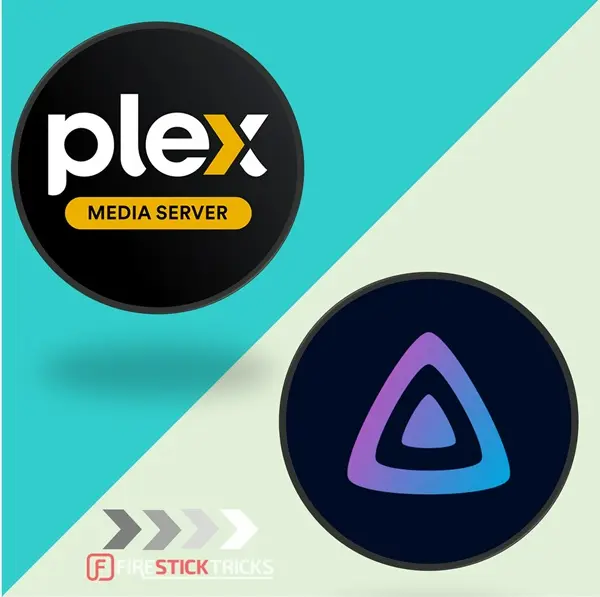
Jellyfin is popular as a fully self-hosted media server platform that enables you to organize, manage, and privately consume your media collections. It is open source and free, scoring points here against Plex, which hides some of its features behind a paywall.
Comparing the two platforms is crucial to inform you of the best option for your self-hosting and media streaming needs.
Attention!
ISPs, hackers, and other third-party entities worldwide may monitor your online activities. For security, privacy, and smooth streaming, it is recommended to use a reliable VPN for FireStick. Your IP address is visible to sites you visit.
I use ExpressVPN, a fast and secure VPN in the industry. It is easy to install on any device, including Amazon Fire TV Stick, PC, Mac, and Smartphones. Also, it comes with a 30-day money-back guarantee. If you don't like their service, you can always ask for a refund. ExpressVPN also has a special deal where you can get 4 months free and save 73% on the 2-year plan.
Jellyfin vs Plex: Detailed Comparison Table
| Feature | Jellyfin | Plex |
|---|---|---|
| Cost | Completely free | Free with premium Plex Pass ($6.99/month) |
| Open Source | ✅ Yes (GPL license) | ❌ No (proprietary) |
| Setup Difficulty | ⚠️ Manual configuration required | ✅ Easy setup wizard |
| Internet Dependency | ✅ Works completely offline | ❌ Requires internet for authentication |
| Privacy | ✅ Fully self-hosted, no data collection | ⚠️ Data sent to Plex servers |
| Remote Access | ⚠️ Manual setup (port forwarding/VPN) | ✅ Automatic cloud-based setup |
| Hardware Transcoding | ✅ Free | 💰 Requires Plex Pass |
| Software Transcoding | ✅ Yes | ✅ Yes |
| User Interface | ⚠️ Functional but less polished | ✅ Polished, Netflix-like interface |
| Metadata Accuracy | ⚠️ Good but sometimes inaccurate | ✅ Excellent accuracy |
| Mobile Apps | ⚠️ Available but less stable | ✅ Well-developed native apps |
| TV/Streaming Device Support | ⚠️ Limited, some require sideloading | ✅ Extensive native support |
| Content Recommendations | ❌ No | ✅ Yes (AI-powered) |
| Live TV & DVR | ✅ Free | 💰 Requires Plex Pass |
| Music Features | ✅ Basic music player | 💰 Advanced Plexamp (Plex Pass) |
| Parental Controls | ✅ Basic controls | 💰 Advanced controls (Plex Pass) |
| User Management | ✅ Free | 💰 Advanced features require Plex Pass |
| Cloud Storage Integration | ❌ No | 💰 Yes (Plex Pass) |
| Offline Sync | ⚠️ Limited | 💰 Full sync (Plex Pass) |
| Skip Intro Feature | ✅ Free | 💰 Requires Plex Pass |
| Plugin Support | ✅ Extensive plugin ecosystem | ⚠️ Limited, being phased out |
| Development Activity | ✅ Very active community | ✅ Professional development team |
| Learning Curve | ⚠️ Steep for beginners | ✅ User-friendly |
| Data Portability | ✅ Full control over data | ⚠️ Limited export options |
| Community Support | ✅ Strong Reddit/Discord communities | ✅ Official support + communities |
| Update Frequency | ✅ Regular updates | ✅ Regular updates |
| Server Requirements | ⚠️ Moderate (depends on usage) | ⚠️ Moderate (depends on features) |
Legend
- ✅ Excellent/Available
- ⚠️ Good/Available with limitations
- ❌ Not available/Poor
- 💰 Paid feature
Quick Decision Guide
Choose Jellyfin if you:
- Value privacy and complete control over your data
- Want all features free forever
- Are comfortable with technical setup
- Prefer open-source software
- Don’t mind troubleshooting occasionally
Choose Plex if you:
- Want easy setup and polished user experience
- Need extensive device compatibility
- Are willing to pay for premium features
- Want automatic remote access
- Prefer professional support and development
Overview of Jellyfin and Plex
Let’s see the distinguishing features of both Jellyfin and Plex before we compare them.
What is Jellyfin?
Jellyfin self-describes as a free software media system. It is a media server software that lets you organize and control your media on any compatible device.
It is an open-source, completely free media server platform that lets you stream media from one dedicated server to other devices.
In simple terms, Jellyfin lets you create your own streaming platform — like Netflix or Prime Video — using the media you own.
If you have digital copies of your favorite movies, TV shows, anime, music videos, albums, and more, you can play them locally on Jellyfin.
You can access your media collection from any connected device, including computers, smart TVs, Android TV boxes, FireSticks, Roku, and smartphones.
Jellyfin works on several devices, including:
- Fire TV
- Android TV
- WebOS
- Roku
- Android f-droid
- iOS
- iPadOS
- Jellyfin Media Player (official desktop client)
- JellyCon (official Kodi addon for playing media directly from your Jellyfin server on Kodi)
- tvOS
What is Plex?
Plex is a comprehensive entertainment platform that doubles as a digital media player, media server, and streaming service.
It allows you to organize and manage your local files, including movies, TV shows, anime, music, and videos.
You can add your digital collection to Plex and share it with other users.
You can access these collections on any Plex-supported device, including smart TVs, FireSticks, computers, and smart mobile devices.
For a long time, Plex was known as the Plex Media Server, letting you manage and consume your local media.
The platform has since expanded its offerings to include over-the-top streaming. Now, it lets you stream ad-supported movies, TV shows, live TV, and sports online.
This has sparked mixed reactions from enthusiasts of self-hosted media server software, who believe Plex is deviating from its original purpose.
Plex is closed source. It also requires authentication for local network access and online servers.
While most of the Plex Media Server features are free, some advanced features require a Plex Pass subscription. They include:
- Plexamp for music
- Cloud storage
- Syncing across Plex-supported devices
- Parental controls
Plex is supported on several devices, including:
- Windows
- macOS
- Plex Media Player (official desktop client)
- Amazon Fire TV
- Apple TV+
- Roku
- Google Chromecast
- Google TV
- Smart TV
- Android (Mobile and TV)
- iOS
- NVIDIA Shield
- Xbox
- PlayStation
Comparing Jellyfin and Plex
This Jellyfin vs. Plex review compares the two software platforms based on user-centric aspects, including ease of setup and use, transcoding, client support, pricing, and remote accessibility, among others.
Let’s see how each of them meets or fails to meet the user’s needs.
Ease of Set Up and Use
Ease of initial setup and use is an important consideration, especially for non-tech-savvy users. Jellyfin requires manual setup after installing the media server on your device. The user interface is navigable, but it lacks the polish and customization options of Plex.
While it fetches metadata and artwork for TV shows and other digital content, some users have complained about inaccuracies. It is ideal for tech-savvy users who appreciate privacy and manual control over their media server.
Plex is the clear winner on this because it is a plug-and-play media player. The software features a setup wizard that guides you through the process step by step until your server is fully set up. The user interface is polished, Netflix-like, and fetches accurate metadata for TV shows, movies, music, etc.
It also features customized recommendations, which might be handy for some users. However, the same recommendations are cited as a miss by some Plex users who prefer self-hosted media server software.
Transcoding
Transcoding is essential in media server software because it enables the conversion of media files from one format to another. It comes in handy when you need to play a media file on a connected device that doesn’t support the original file format.
For instance, if a movie on the desktop Plex Media Player is in MKV format but the mobile media player only supports MP4, transcoding will convert the MKV to MP4.
Jellyfin supports software and hardware transcoding, but it can be challenging for non-tech-savvy users due to the manual setup required. However, hardware acceleration is free.
Plex also supports transcoding, and it’s easier to use than Jellyfin. Automatic transcoding occurs on the Plex server; however, hardware acceleration requires a Plex Pass subscription.
Data Privacy and User Control
Jellyfin and Plex differ significantly in terms of data privacy and user control. First, Jellyfin is open-source software, while Plex is proprietary. The former’s code is public, allowing anyone to inspect it, determine its functionality, and even contribute to it. This transparency makes Jellyfin superior among users keen on full control and data privacy.
Additionally, Jellyfin is fully self-hosted, which is another plus for privacy enthusiasts. You don’t need to create an account, and all your files stay on the local server. The platform is also not internet-reliant, so you can watch your local movies and TV shows seamlessly when offline.
Plex requires a mandatory login to access most of its features. It also relies on an internet connection, even for playing local media files. Your Plex is connected to cloud servers, and some data is collected, including your browsing history, server usage, and account metadata.
The collected data is used in analytics, UI personalization, and targeted ads. If you are concerned about privacy, Plex may not be the best option for you.
Remote Accessibility
Remote accessibility enables you to stream your media collection from anywhere on any connected device. Both Jellyfin and Plex support remote access via web and mobile apps. However, the two differ significantly: Plex is plug-and-play, while Jellyfin requires manual setup.
Plex’s remote access relies on the cloud server network. Once you create your account and link it to the Plex servers, the software automatically configures remote access. You can then access your media collection from any supported device, provided there is an internet connection and the cloud servers are running. Remote access is securely established over HTTPS and authenticated via your Plex account username and password.
Jellyfin’s remote access is somewhat complicated. You need to set it up manually using port forwarding, a reverse proxy, dynamic DNS, or other methods. You have complete control over authentication, encryption, and access rules. It requires technical know-how, so it’s not best for beginners. However, it’s ideal for users who want complete control over their media server platform.
Pricing
Pricing is a crucial factor when selecting media server software. Jellyfin is entirely free and open-source software, whereas Plex offers a freemium model.
Plex offers basic functionality for free, but hides advanced features, such as hardware transcoding and offline sync, behind a paywall.
The subscription is called Plex Pass, and includes three payment plans. These are:
- Monthly Plex Pass at $6.99 per month
- Annual Plex Pass at $69.99 per year
- Lifetime Plex Pass for $249.99 (one-time payment)
Some of the features that require a Plex Pass subscription include hardware transcoding, skipping TV show intros, mobile syncing, live TV access, DVR, parental controls, and user account management.
Plex offers another premium plan, Remote Watch Pass, that lets you watch your Plex media from anywhere. It is a relatively new service that offers a 14-day free trial. You can then upgrade to the paid plan after the 14 days, starting at $1.99 per month.
Client/Device Support
Plex has been around for longer than Jellyfin. As such, it features well-polished and stable native apps for various clients, including smart TVs, gaming consoles, desktops, mobile devices, streaming devices, and network-attached storage (NAS) devices.
Jellyfin is a work in progress, barely six years old as of this writing. Although it offers native apps for some clients, the platform is unstable on devices such as Roku, iOS, and smart TVs. Additionally, you may need to sideload the apps on some devices or install community-developed app versions.
Final Verdict
Both Jellyfin and Plex are excellent media server platforms, each with its own strengths and weaknesses.
Plex excels as a plug-and-play software solution, with easy setup and use, automatic remote access, and multi-device compatibility. However, some features are hidden behind a paywall, which is frustrating to some users. Additionally, some users dislike that Plex is shifting its focus from ad-supported streaming to self-hosted media management, a shift that was not previously evident.
Jellyfin’s highest score in this Jellyfin vs. Plex battle stems from its free and open-source software (FOSS) nature. It’s free for life, including advanced features like hardware transcoding. It is also fully self-hosted, and users don’t have any data privacy concerns.
However, it requires significant manual setup, and non-tech-savvy users may find it challenging to use. It is also a work in progress, and some devices are yet to get native Jellyfin apps/software.
The choice between Jellyfin and Plex depends on your individual needs. Which one of the two best meets your needs? Let us know below in the comments.
Frequently Asked Questions
A: Yes. Jellyfin is completely free and open-source, with no premium version or subscription.
A: Plex is free to use, but some features like offline downloads, hardware transcoding, and mobile sync require a Plex Pass subscription.
A: Plex offers a more polished setup process, while Jellyfin may require more manual configuration.
A: Yes, you can install and run both, but you should assign different ports to avoid conflicts.
A: Plex has built-in remote access features, while Jellyfin often requires manual port forwarding or a VPN.
A: Jellyfin generally consumes fewer resources since it doesn’t run extra background services like Plex’s metadata fetchers.
A: Yes, both support multiple users, but Plex has advanced sharing controls and profiles, while Jellyfin keeps it simple.
A: Plex supports almost every device (Smart TVs, FireStick, Roku, iOS, Android, etc.), while Jellyfin relies more on community-built apps.

Suberboost Your FireStick with My Free Guide
Stay Ahead: Weekly Insights on the Latest in Free Streaming!
No spam, ever. Unsubscribe anytime.

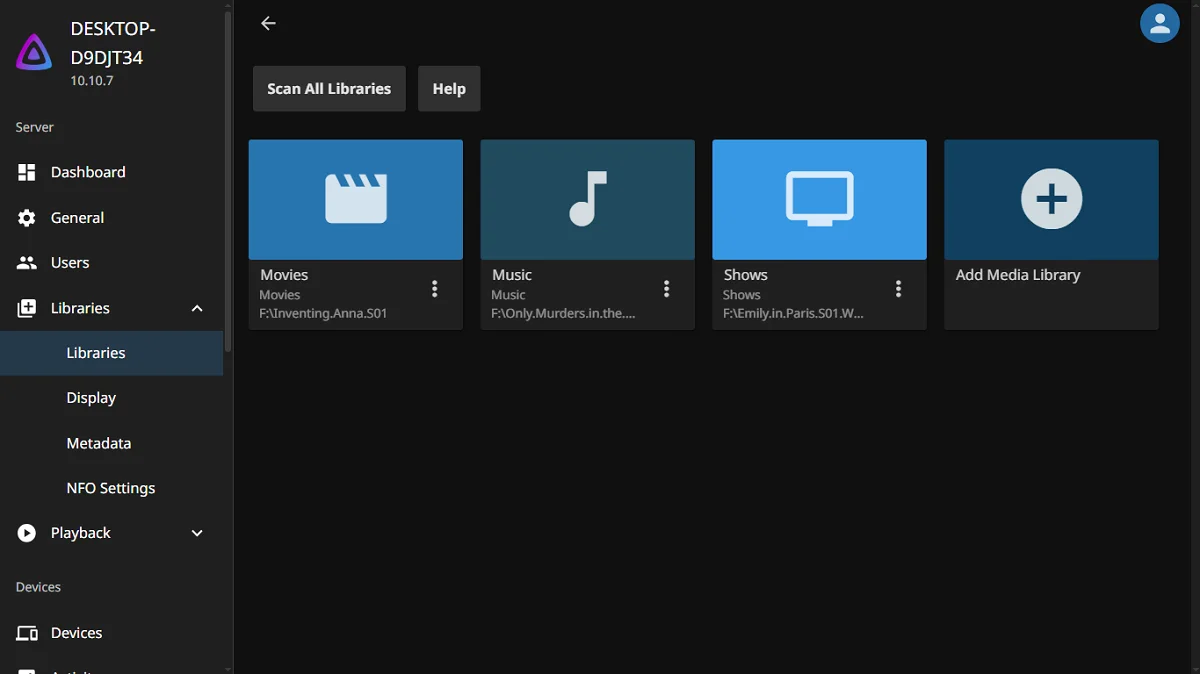
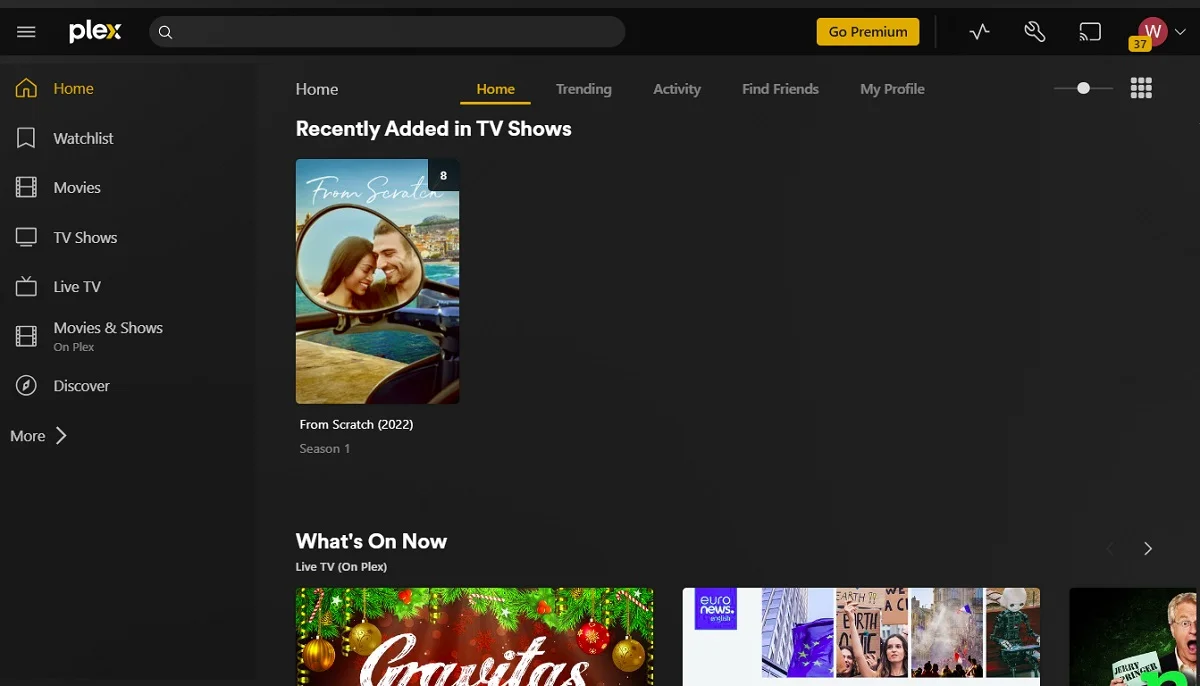
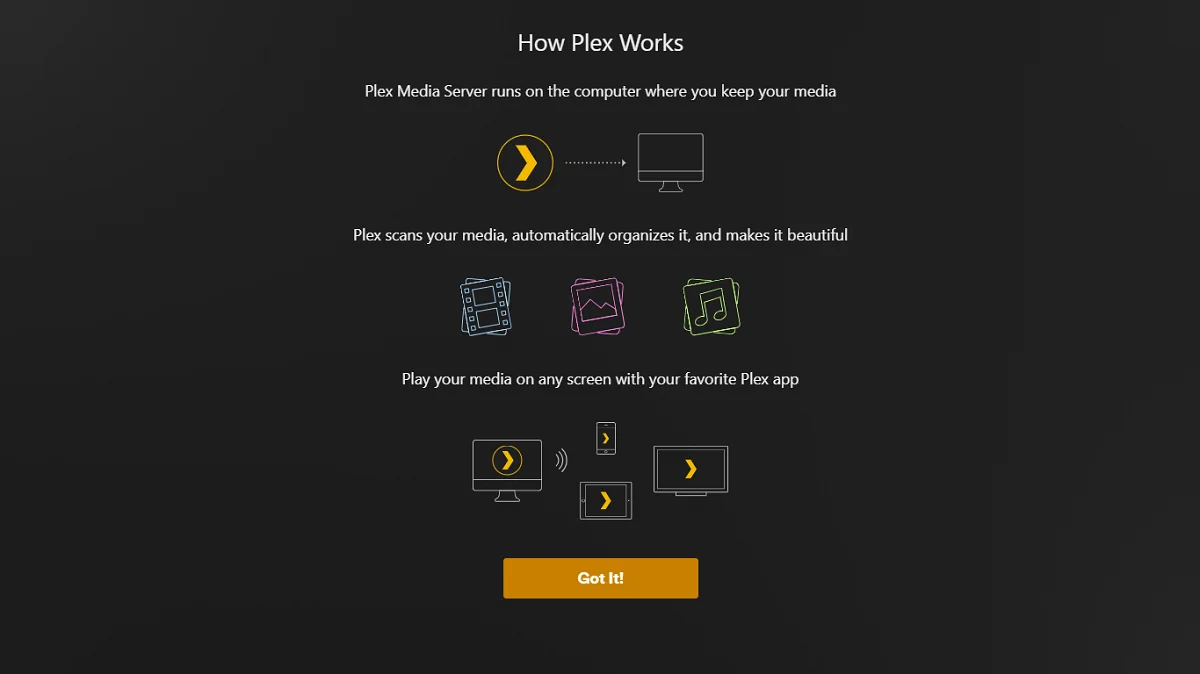
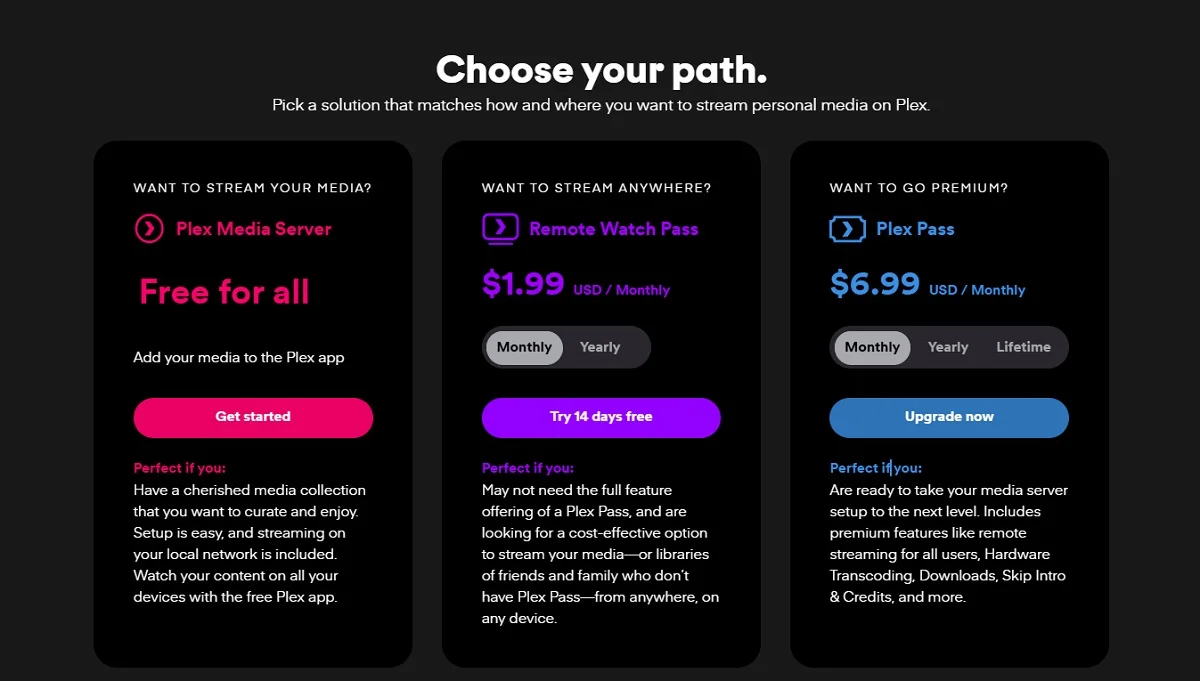


Leave a Reply